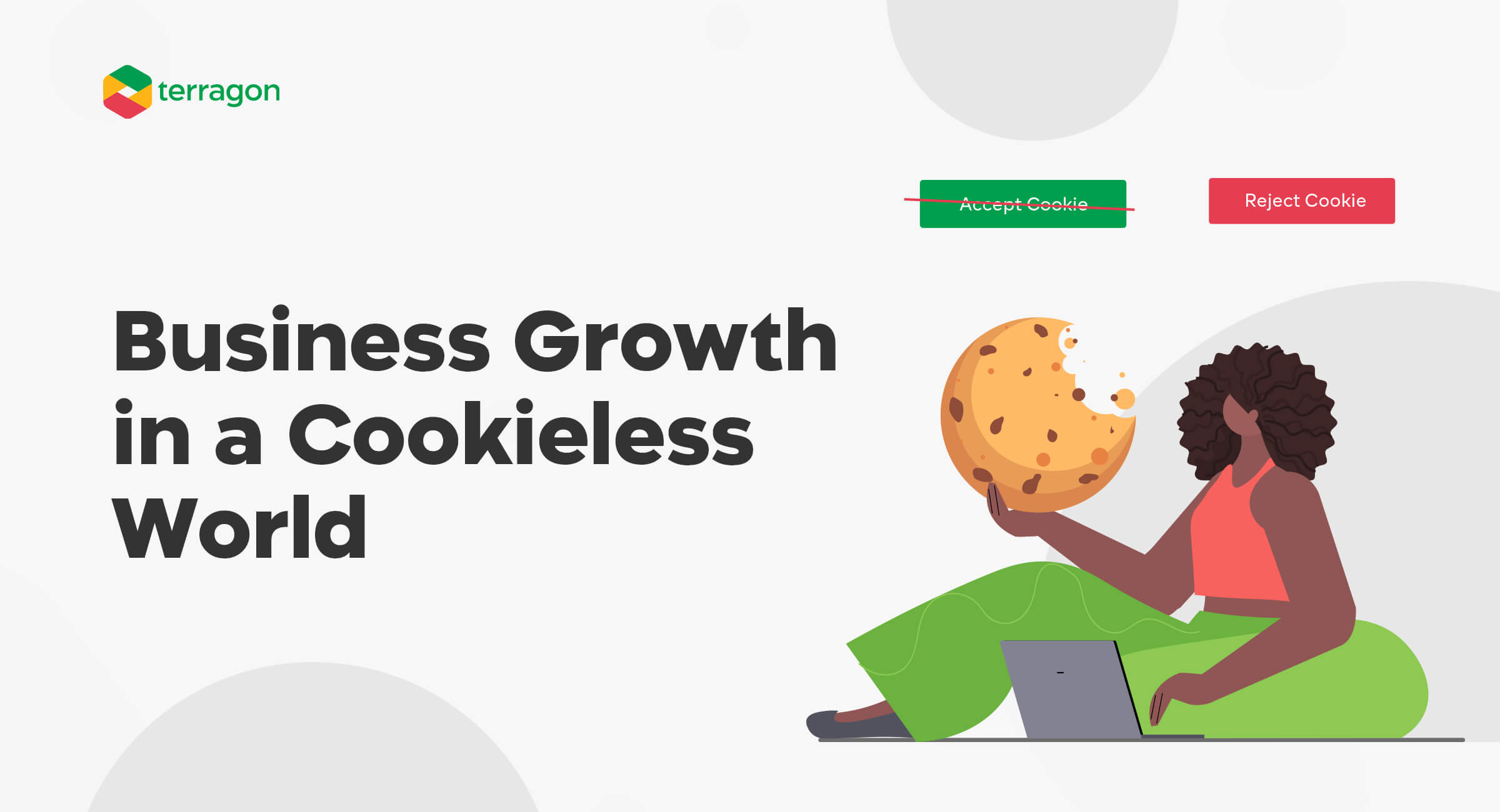
Simply put, a cookieless world is a digital landscape that does not make use of cookies. A cookie is a piece of data from a website – usually login details – saved within a web browser which the website can retrieve later. Cookies tell the server that users have returned to a particular website, and this specific feature means that cookies can track a user’s digital footprint. This has brought up security concerns which bring to question the safety and privacy of users online. Recently, there has been an outcry based on these concerns, and in response to this, Google has made an announcement to stop supporting third-party cookies on its Chrome browser by the end of 2022. So what implications do a cookieless future hold for business planning and business strategy? Also, how do we grow business and employ business growth strategy in a cookieless world?
To begin with, digital and programmatic advertising has relied heavily on cookies to get market intelligence insight, retarget prospects and develop business growth/development strategies. Now, advertisers will be unable to create one-to-one advertising, which results from having tracked a user’s digital footprint, and neither will they be able to track impressions like they could with the use of cookies. As a result, advertisers will only know what Google wants them to know. The transition to a cookieless world will also mean less revenue for businesses targeting consumer news feeds through sites like Facebook. This transition also mandates that digital advertisers must adapt to the increased use of first-party data, which is more reliable, transparent, and accountable in its coalition.
In conclusion, in the near future, first-party data will become the primary source of data that businesses will turn to to make decisions. The accuracy, reliability, ease of collection and cost-effectiveness make it a veritable intelligence source for business decisions that will spur business growth.
Over the last two years Terragon has been focused on helping brands navigate a cookieless future. Terragon has developed a Proprietary Customer Data Platform that offers any company that seeks to reach its customers online with a tool to improve and sustain their digital advertising investments. The Terragon Customer Data Platform offers a broad spectrum of features that is customized to the needs of businesses in emerging markets. This product and innovation process has kept in mind the unique usage patterns of mobile subscribers in developing and underdeveloped markets. For instance, a business’ digital marketing strategy in Africa is incomplete if native Telco channels – SMS and USSD are not considered as a communication channel, with the data points therein forming a key touchpoint of the customers.